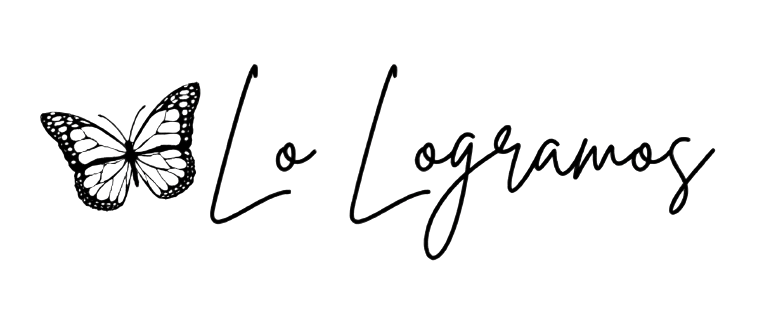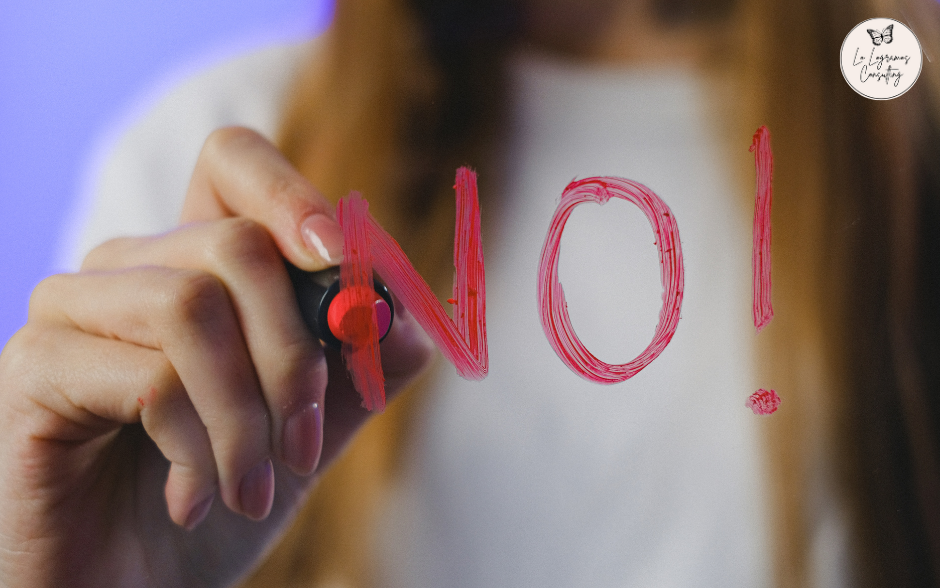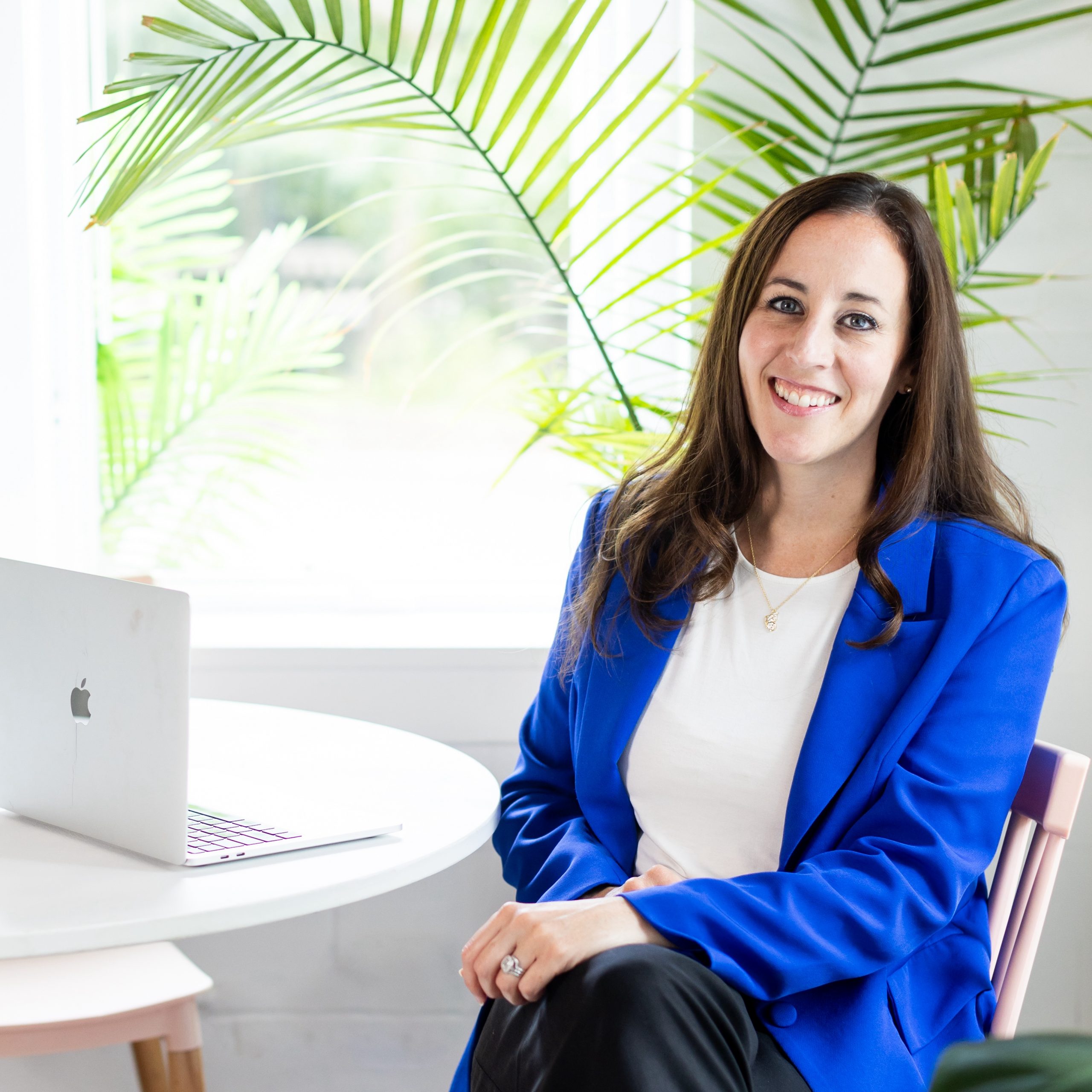As a Spanish language educator and supervisor, small business owner, and mother to an active toddler, I often feel like I’m living three very full lives at once. I move from school meetings to connection calls to wiping cream cheese off very tiny fingers—all before lunch. And while I do enjoy each hat I wear, I’ve learned that I can’t show up fully in any of them unless I set one powerful boundary: I choose to say “no”.
“No” has become a valuable word for me but it hasn’t always been easy. As educators and caretakers—it sometimes feels easier to say “yes” to avoid the guilt of saying no. Yes to helping a fellow language educator. Yes to taking on an extra workshop at that conference. Yes to a last-minute invitation knowing you just don’t have the time or energy. When yes becomes a default word, as it sometimes was for me, we can sometimes lose ourselves and a cycle of exhaustion and over commitment begins.
Saying no has become an act of mindfulness. It’s a pause, a breath, a moment of clarity where I check in with myself and ask: Does this bring me joy? Will this bring me peace? Will this decision leave space for the people and priorities I love the most?
Learning to say no is not selfish—it’s self-preservation. It’s self-awareness. It’s how I’ve created space to enjoy slow mornings with my toddler, to be present in my school, and to invest my limited time and energy into the parts of my business that feel aligned and sustainable.
Boundaries Are Bridges
Too often, we think of boundaries as walls—rigid and isolating. But I’ve come to believe that boundaries are actually bridges. They connect us to what matters most by filtering out what drains us. They protect our peace. They allow us to choose joy over obligation, presence over performance.
When I say no to a weekend obligation that does not bring me joy, I’m saying yes to a Sunday afternoon yoga class. I’m saying yes to watching my toddler giggle on the swings. I am saying yes to spending precious time with family and friends.
Saying no to perfectionism means I get to let go of the pressure to do everything all of the time—whether it’s teaching, parenting, or entrepreneurship. And that’s where the power of no continues to teach me how to set better boundaries.
Mindfulness, Movement, and that Strong Inner Voice
I’ve noticed that my “no” becomes stronger when I listen more carefully—to my breath, to my body, to that wise voice within. Yoga has been one of the greatest gifts in that process. On the mat, I return to myself. I notice where I’m holding tension, where I’m gripping too tightly—physically and metaphorically.
In mindfulness practice, I observe my thoughts without judgment. I catch myself when I begin to spiral into guilt for saying no or fear of disappointing others. I remind myself: These thoughts do not serve you.
Choosing Joy
The “Power of No” is really the power to choose. It’s the power to reclaim time, energy, and attention for the things that light us up.
I still get it wrong. I still overbook myself or forget to pause. I am human and I make mistakes. But each time I choose no with intention, I get a little closer to balance—and a lot closer to joy.
I’ve learned that you can’t do it all well and every now and then, you have to check in with yourself and reclaim that time for joy. I invite you to try this simple practice: the next time someone asks something of you, pause. Breathe. Ask yourself, Does this yes come from love or from fear? And know this: every “no” you give sets you up to say “yes” to many other things that better fill your cup with joy. Reframing the word no so it doesn’t indicate rejection but instead it’s a powerful redirection back to yourself.






